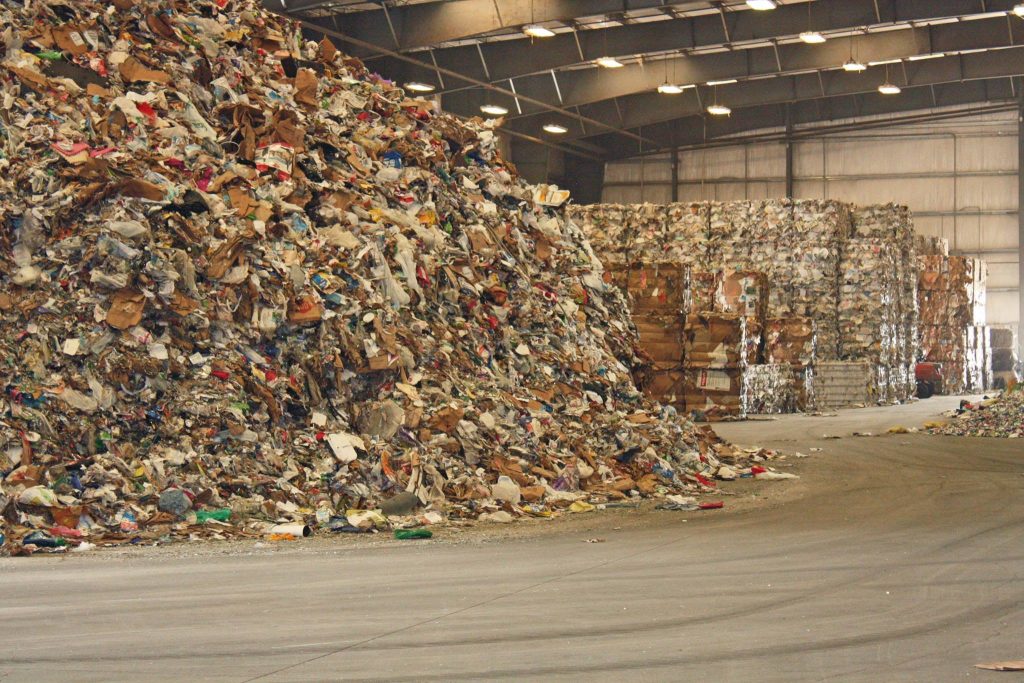Sponsored Post – from Texas Disposal Systems (TDS)
The resource management industry has undergone many changes over the past year, with the industry changing as fast as the weather, especially as we move from winter into the spring season. The main shifts we’re seeing in industry progression are the growing prevalence of composting, the heightened emphasis on the importance of education, and the increased focus on technology, all of which help increase diversion from the landfill. Below are some industry predictions from Texas Disposal Systems (TDS) and how we envision playing a role in a more sustainable future for our community and beyond.
- Composting as a growing trend
Composting will continue to be a growing area of focus across the country in 2018 as its benefits are more widely recognized and understood. We’ve already seen composting regulations implemented across a handful of cities, including Seattle, Austin, and New York City. Additionally, this year marks the final phase of the Universal Recycling Ordinance, which requires all food enterprises to have access to organics diversion services by October 1st. Even though many people have struggled to adopt composting habits into their daily lives – similar to the way people struggled to accept curbside recycling when it was introduced over 30 years ago – it will become a widely accepted, and even expected, service. For more information about how TDS can help you make the transition, click here.
- Education as key to increasing diversion
A major challenge the resource management industry still faces is how to effectively educate customers. Recycling and composting programs do little good if users don’t understand what items can and can’t be re-purposed. TDS partners with communities by teaching others how to recycle and compost to preserve resources. In fact, we recently launched Eco Academy, a program that educates K-12 students about trash, recycling, and composting options in their schools.
- The move from a Linear Economy to a Circular Economy
The need for a Circular Economy, which aims for the elimination of waste through the design of products and business models, is becoming increasingly necessary. Consumers are accustomed to the “take-make-dispose” approach that is prevalent in modern society, but with increasingly depleting resources and diminishing landfill space, people will move toward a new method of consuming and disposing of goods. TDS proudly supports this model by incorporating solid waste disposal, compost production, and recycling operations from inception, to recover resources while minimizing waste. The overall goal is to encourage consumers to recycle, reuse, repurpose, and compost…. with waste going to the landfill as a last resort.
- Technological advancements to maximize recycling efforts
As technology continually improves, it will be incorporated into many facets of the resource management process, many of which will improve efforts to convert waste into recycled materials. TDS sends recyclable materials to their state of the art Materials Recovery Facility (MRF), a 107,000 square feet structure with two sorting systems with mechanical, manual, and electronic sorters tied together by a series of conveyors, breakers, and bailers which process more than 25 tons of unseparated recyclables per hour. Once processed, these materials are packaged for resale, as new commodities for products made from recycled materials. This investment in innovative technology allows for the highest amount of materials to be re-purposed, successfully aiding landfill diversion efforts.
Please note – editorials and sponsored posts are written by guest writers to inform and educate the community on a variety of different viewpoints, as well as to share information about local eco-friendly businesses and organizations. However, they do not necessarily reflect the opinions of the Austin EcoNetwork.



